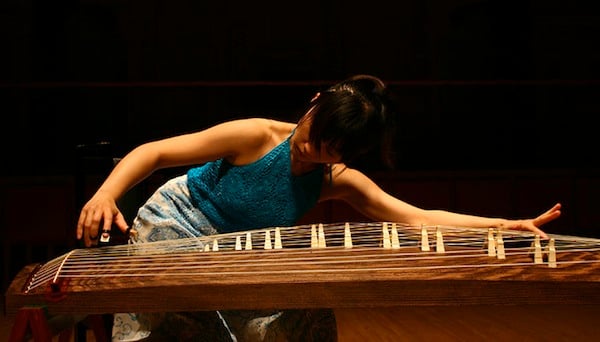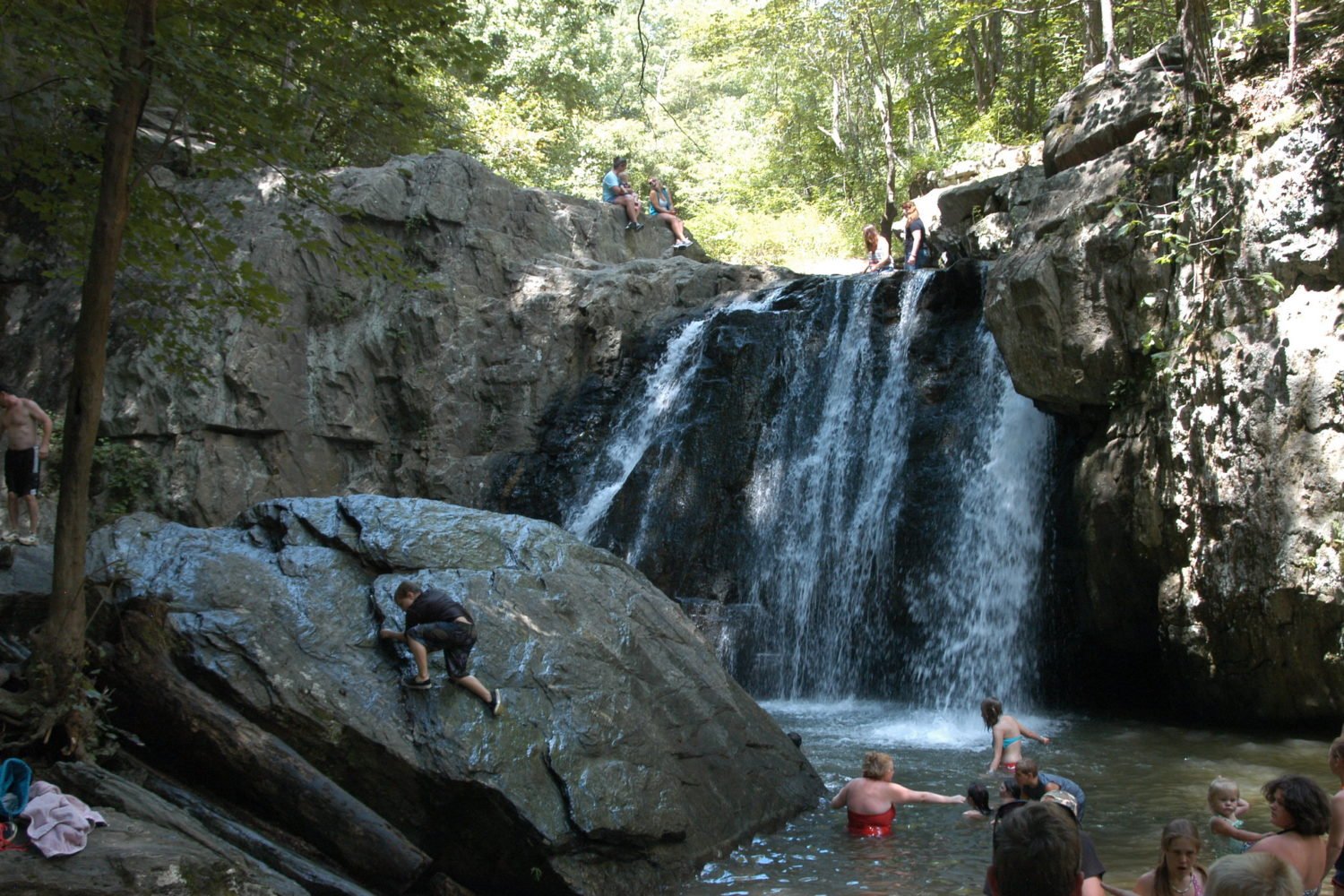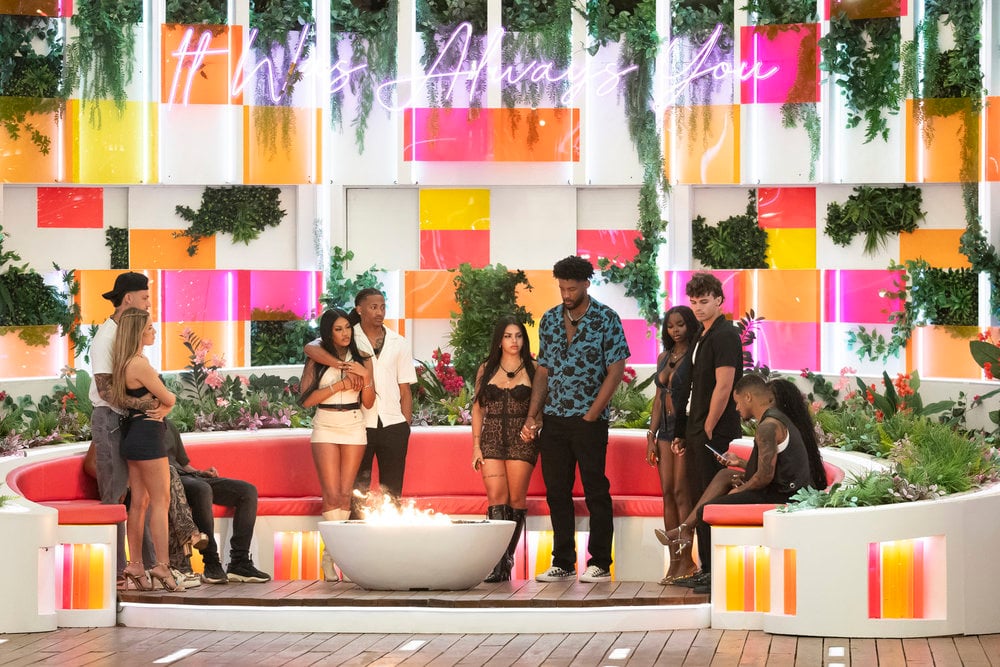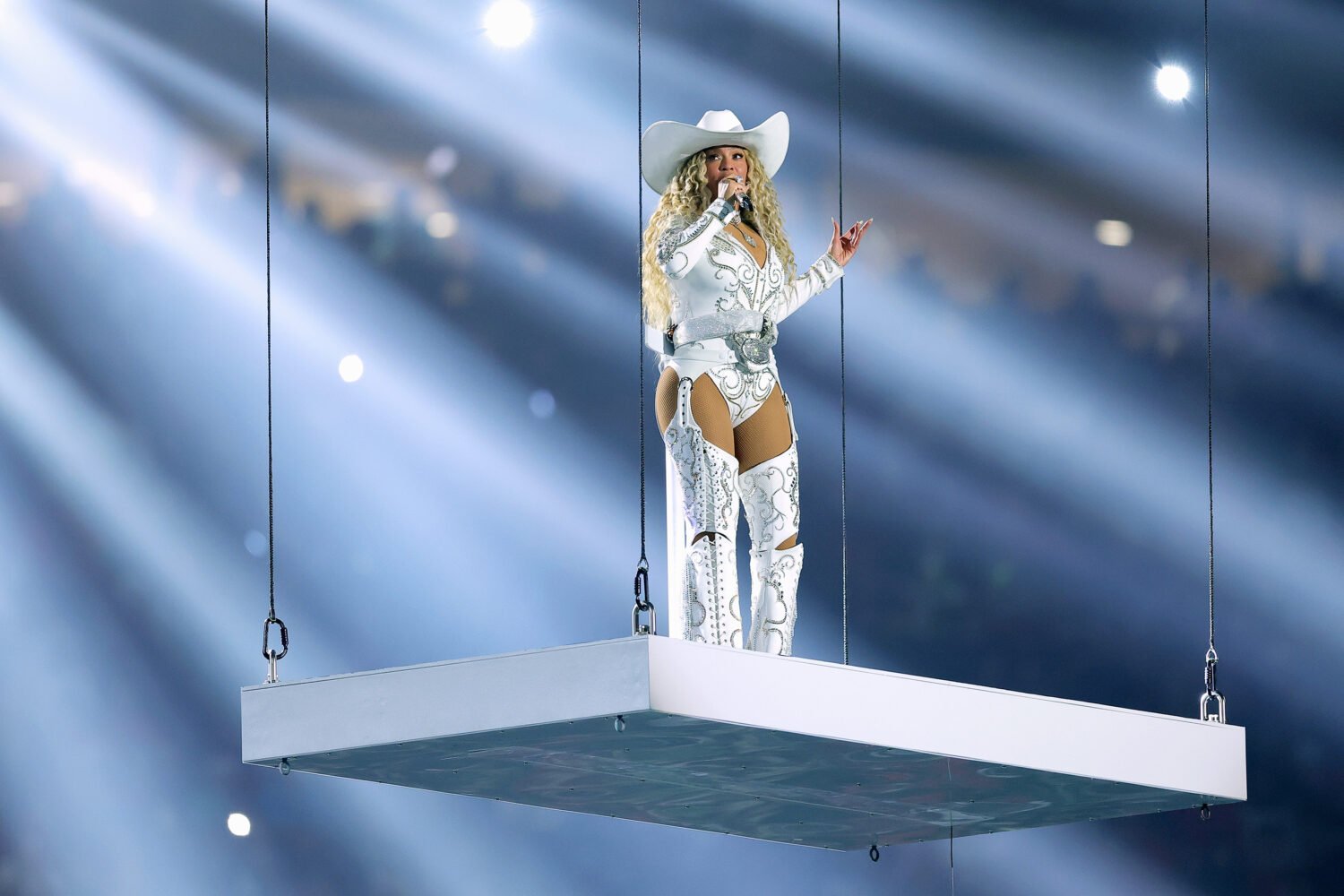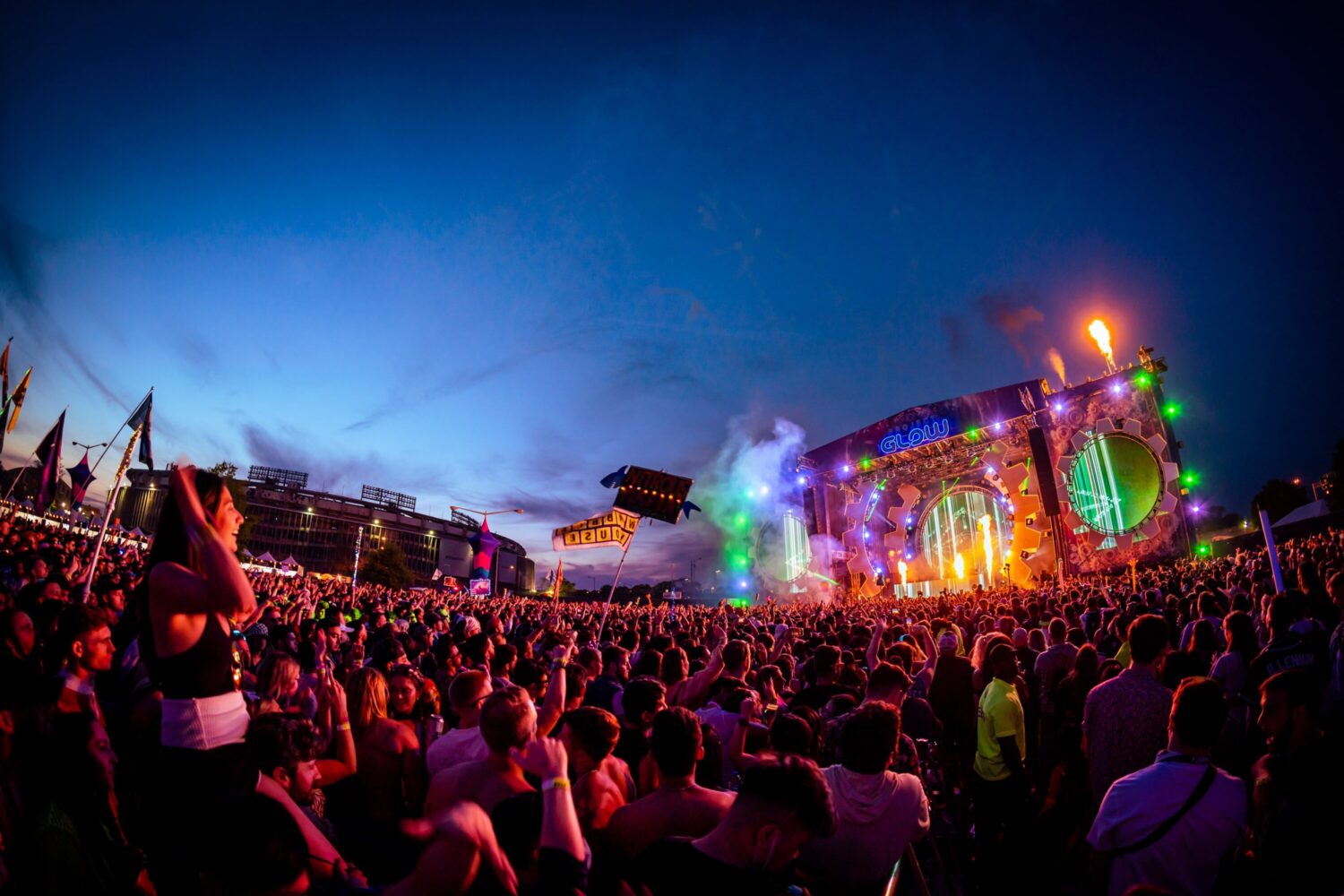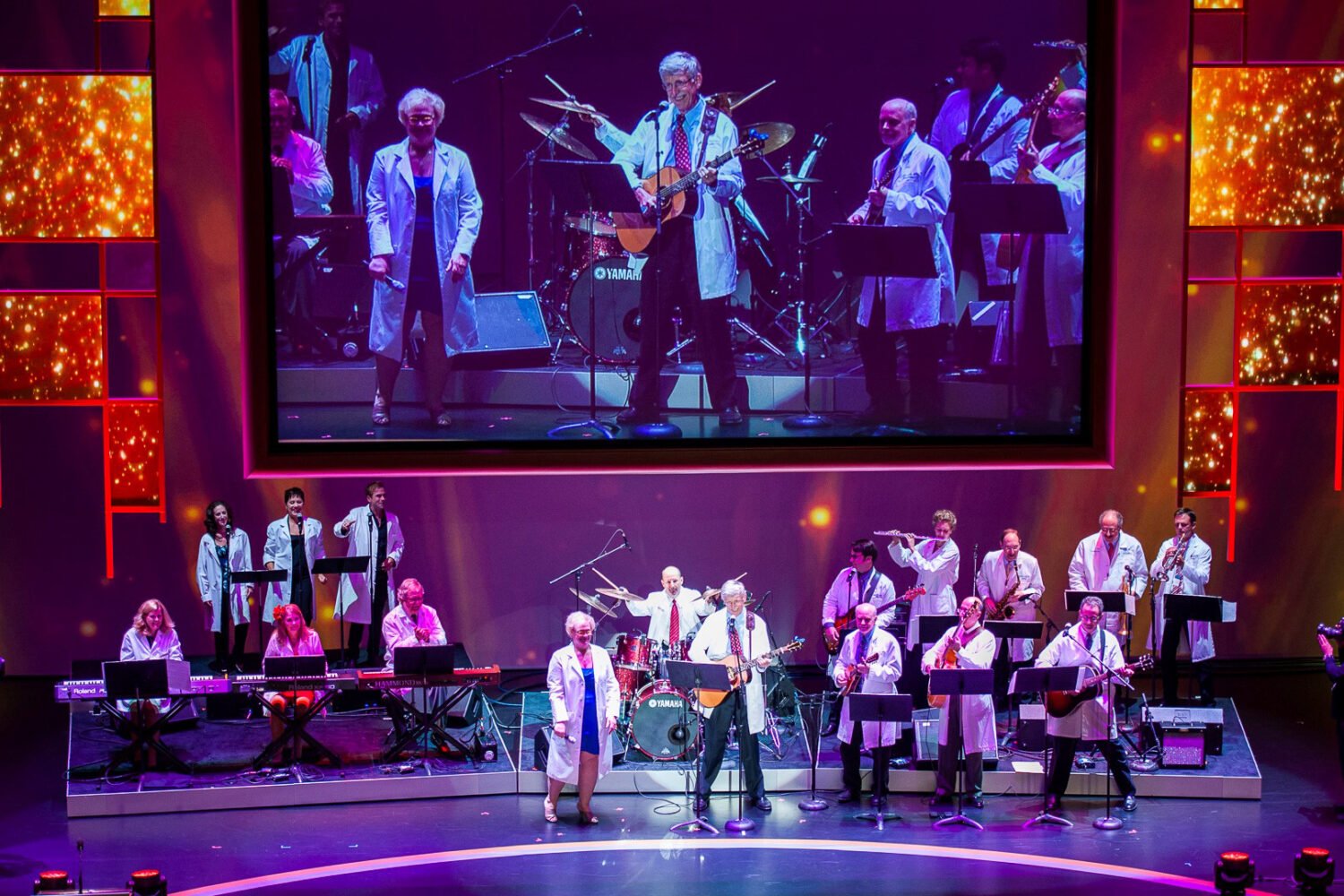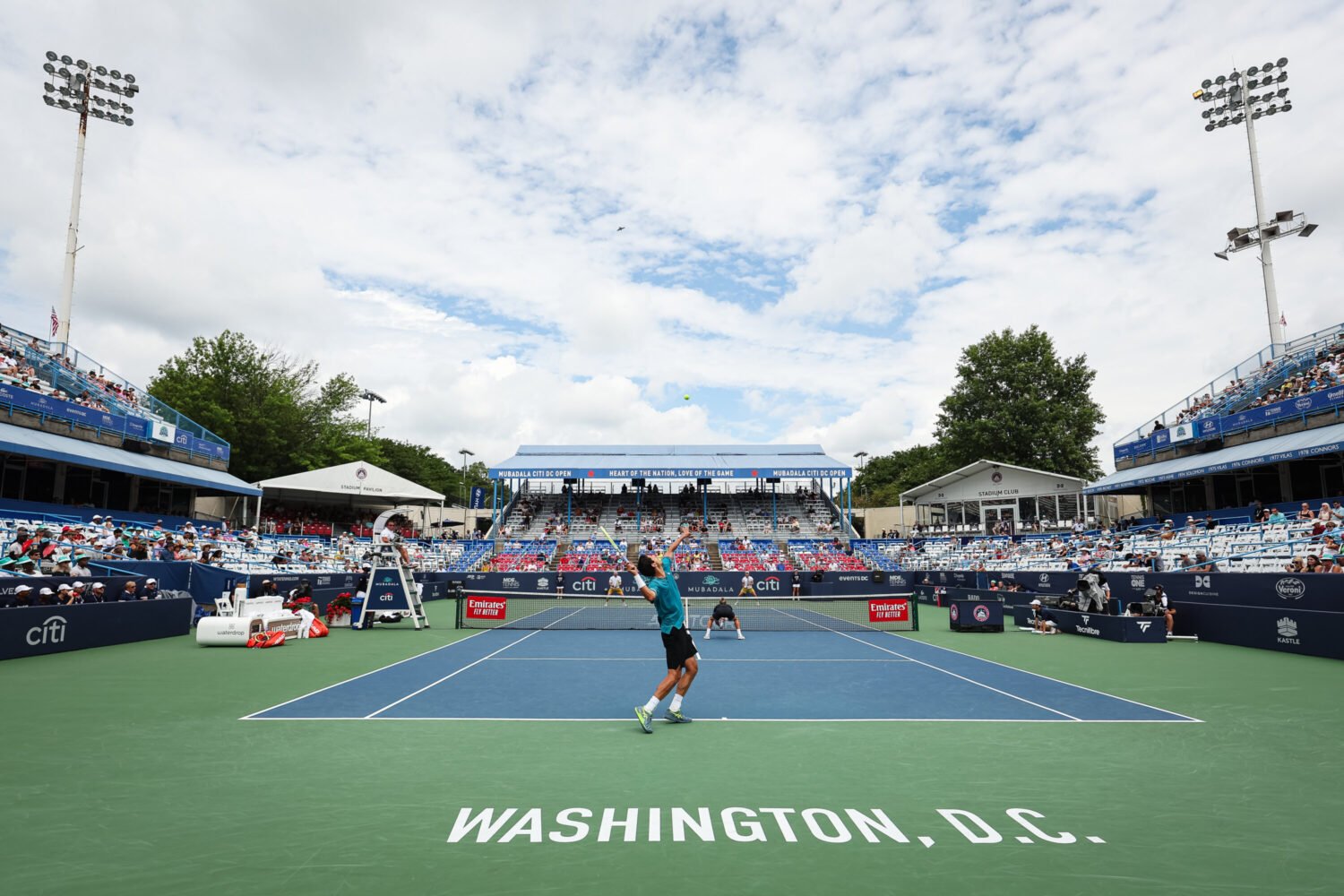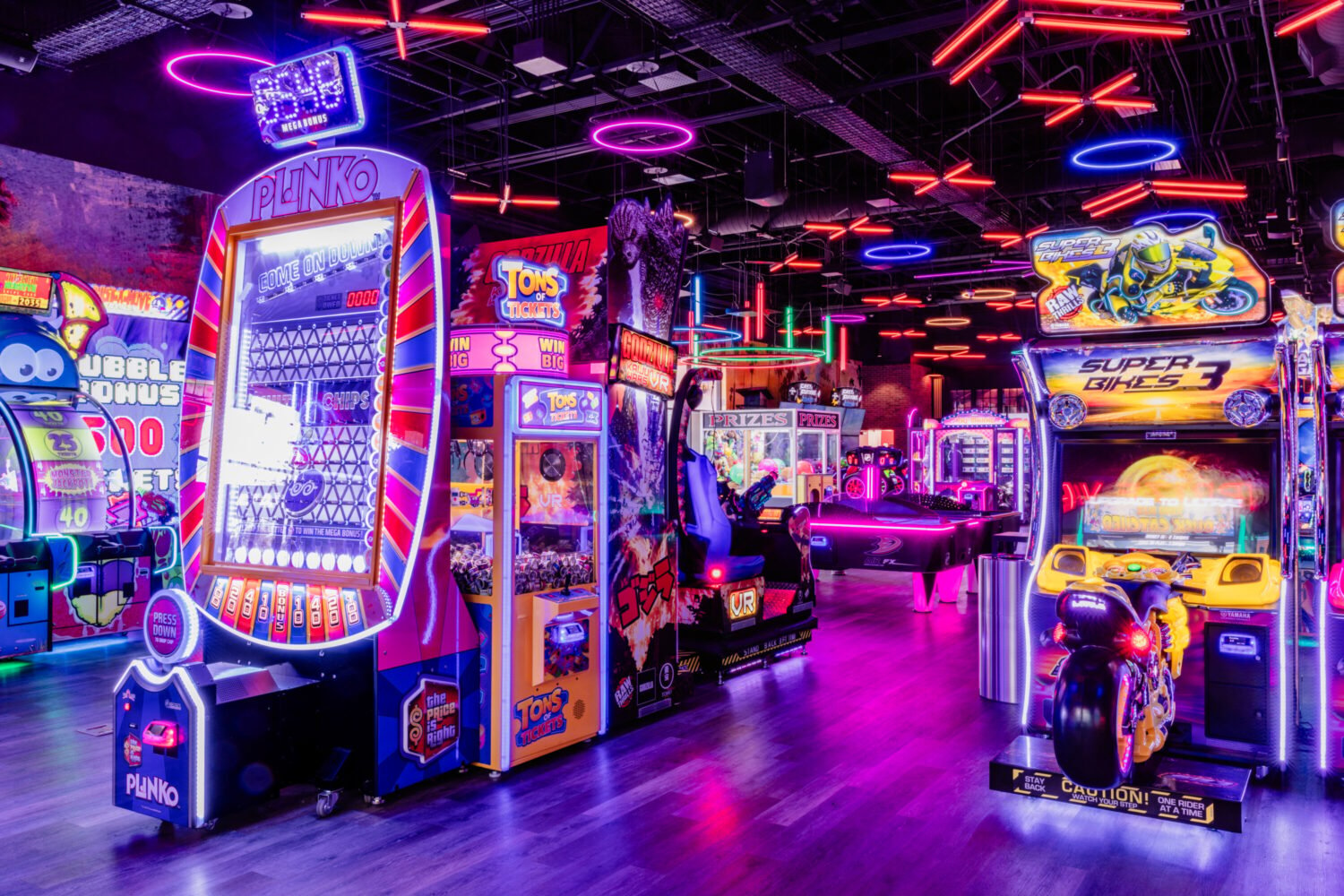Koto player Yumi Kurosawa. Photograph courtesy of the Freer Gallery of Art
The free concert series at the Freer Gallery of Art intends to encourage the rapprochement of European and Asian musical cultures, but it often ends up demonstrating how uneasy such a union is. The latest concert there, on Thursday night, featured a selection of European and Japanese music combining the Lark Quartet with koto player Yumi Kurosawa. Music from both cultures were best represented by their own traditions, while a couple new pieces that attempted to cross the divide did so somewhat uncomfortably and with little success.
The Lark Quartet was last heard in Washington in 2005, at the National Academy of Sciences. Since then, it has welcomed a new second violinist and a new cellist, part of a turnover trend in the ensemble over the years. The one thing that has remained the same is that the group has been, pointedly, an all-female ensemble since its founding, something that was still unusual in the 1980s when groups like the Colorado Quartet were challenging a male-dominated classical world. In recent years, the foursome has been concentrating on genre-crossing collaborations, a focus perhaps leading them to style themselves, apparently in earnest, as the “LARK Quarte+” on their Web site.
Their latest such effort, a string quartet version of Daron Aric Hagen’s new koto concerto, Genji, is a somewhat facile, cinematic evocation of five episodes from the 11th-century Japanese novel The Tale of Genji. The concerto is centered on the role of the koto, a sort of long, multiple-stringed, table-sized zither played in the Japanese court. The koto player is the concerto’s soloist, surrounded by a halo of strings, which take up the bends and smears of the instrument’s sound. Hagen studied the koto and its instrument to be able to write for it, but the piece sounds more like a score for a Western film about Japan and its music than anything else. The metrically energized final two movements took the koto out of its own sound realm, forcing it somewhat uncomfortably into a sort of rapid toccata style of fast passage work. Yumi Kurosawa played the koto quite beautifully, especially on two solo pieces, the 17th-century work Midare, by Kengyo Yatsuhashi, and her own, more Westernized piece GreenPt, full of tonal triads and seventh chords.
On its own in quartets by Felix Mendelssohn and Leoš Janáček, the Lark Quartet sounded not quite as one, perhaps because of the personnel changes (second violinist Basia Danilow joined the group only last year). The four pieces of Mendelssohn, op. 81, were not composed as a group, and they had wildly differing qualities in this performance, which aimed more for excitement and intensity than a smooth or even balanced ensemble sound. Intonation disagreements abounded, in all four instruments, with the best overall sound coming in the third movement, especially the dark mahogany finish of the slow section.
Janáček’s second string quartet, subtitled Intimate Letters (a reference to the love letters the older composer wrote obsessively to a younger woman), played best to the Lark Quartet’s agitated sound. The group moved restlessly from section to section, playing fast and loose with tone color, as in the sometimes scratchy sul ponticello solos of the opening and the high E string playing of both violinists, which was dangerously close to screeching at times. The Adagio section of the second movement was sweet and tender, and the slow parts of the third movement had a fragile beauty. The group’s propensity for intensity worked best in the gutsy rendition of the folk-inspired fourth movement, and the four players moved with remarkably unified rhythmic fluidity through the many shifts of tempo and character.
The next free concert at the Freer on November 3 at 7:30 PM features a similar combination of European and Chinese traditional instruments, in pieces by Zhou Long, Bright Sheng, and Chen Yi, performed by the ensembles Music from Copland House (including composer Derek Bermel on clarinet) and Music from China.

